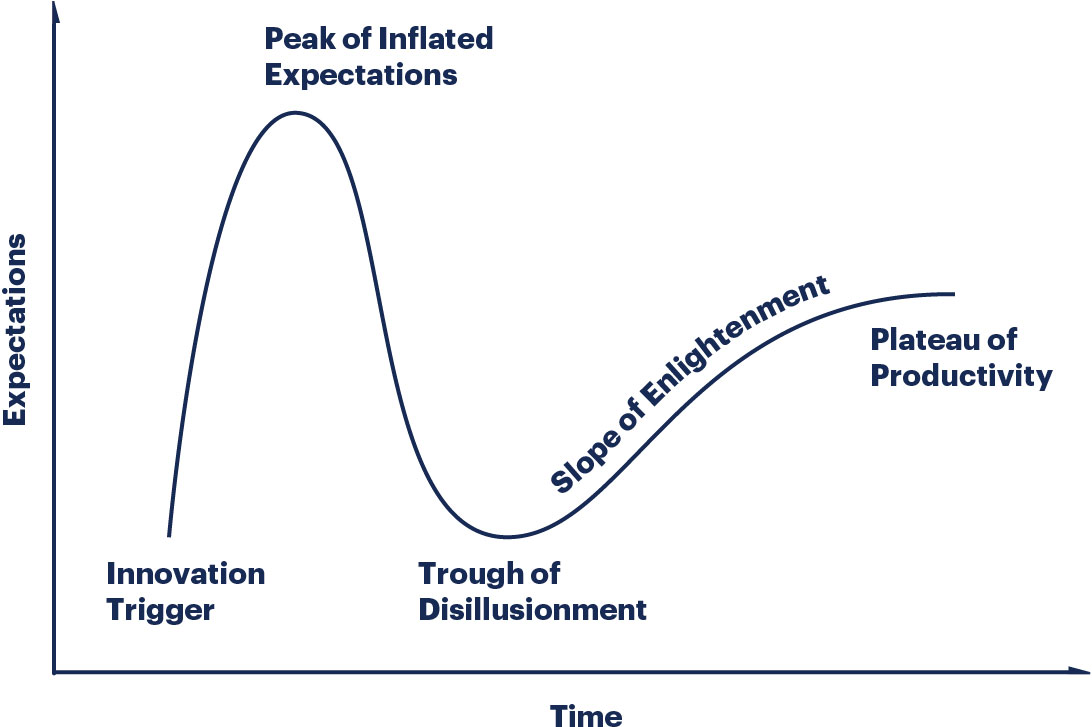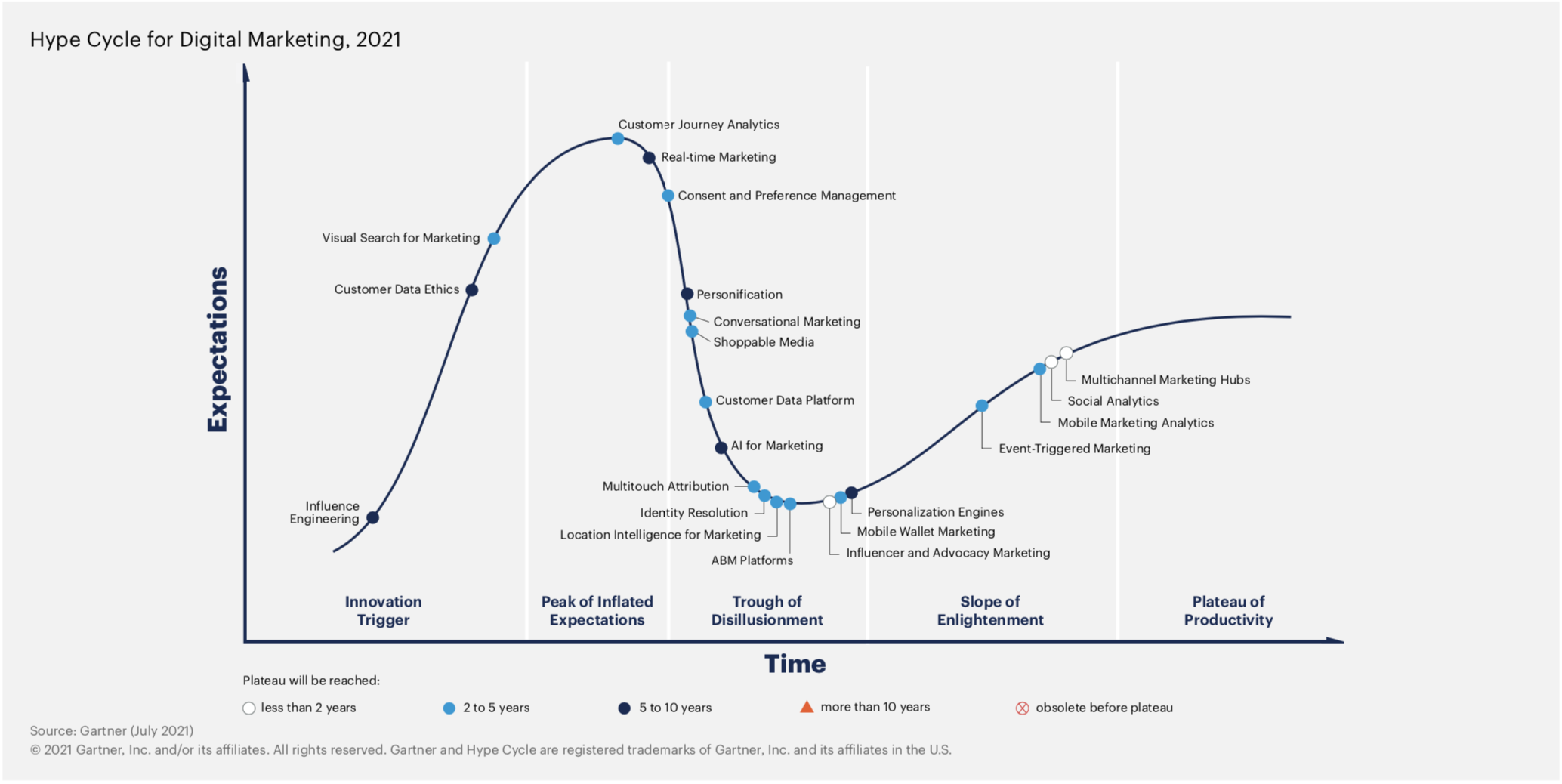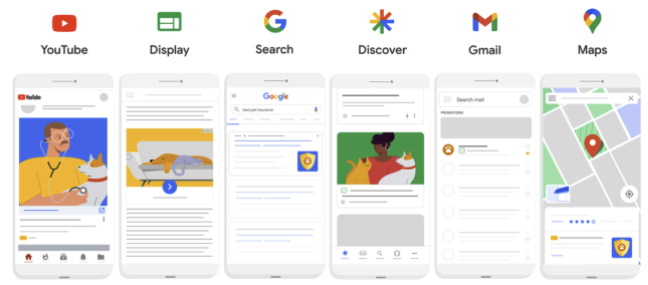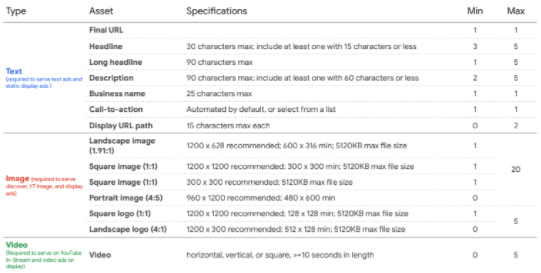We have started this series of articles on Channable by explaining all the features that the tool has to offer. That article can be found here. After that we deep dived in possible errors that can occur with your import, feeds and APIs. That one can be found here. To round out the series, this time we will look into errors that can occur with the PPC tool. For a quick recap: this tool allows you to build search advertisements based on the items in your feed. You can use dynamic fields to personalize the advertisements. As with the feed errors there is a preview step where you can see all the ads that were created for that campaign. You have the option to look at it at an ad group, ad or keyword level. Here you will have the option to filter on error which makes finding these quite easy. If you click on these red errors in the line you get a description of the error, in what line it is present and what exactly triggered the error. Important to note is that if an ad has an error it won’t be pushed to the advertising platform and thus will not be able to serve.
We will discuss 5 errors that were encountered as well as the fixes we used to solve these.
Empty field 
This is one of the easier ones to solve. This means that one of the dynamic fields that is used in the ad templates has an empty value for that product in the feed. The simplest way to solve this is to make sure all the fields that you wish to use are present in the feed. You can also always add a default value to products that have the specific field empty. If that is not an option, you might need to reconsider the use of that field in the ad templates.
Duplicate element 
This one is a bit more difficult but still one of the easier ones. This means that there are the same headlines or descriptions in the ad. It is easy to spot in which headline this problem occurs if we look at the description of the error. As you can see below there is already a lot of information in the description that we can use. For this error we’ll need to look at field path and there we can see that the duplicate element in this case can be found in headline 4. When searching for the duplicate don’t forget that maybe there is a static value in a dynamic field which may cause the duplicate but that isn’t as visible in the ad builder section.
Ad limit reached 
This is an error specifically for RSAs. As it is only possible to have 3 RSAs in a single ad group in Google Ads, Channable pushes only the first 3 into the live version. If the naming of your ad groups isn’t too granular, for example if you only use 1 dynamic field but more that 3 products have that field with the same value they will all be put in the same ad group and thus Channable will try to create more than 3 RSAs which will give you this error. Inherently this error isn’t necessary to be handled as you already have 3 RSAs for the ad group but if you need to have different messages there are two things you can do: make your ad group naming more granular which will split up the items in the feed even more or use a group rule.
In this example we are grouping all items with the same value in the Brand field. You can do this for every field that is relevant. Do note that if you keep it like this it will group all the items on 1 item without changing anything about that item. This makes it so that with this particular set-up we would get rid of all the items until a single unique one is left for each brand. In this example we only use Brand as a dynamic field later on in the build step, so the loss of the other items is not a problem. So depending on the set-up this could be useful. Otherwise if you want to keep certain fields you will need to combine them. This creates a list in that field with all the values of the different items.
Illegal Characters 
This error can occur on an ad or a keyword level. This mostly means that an illegal character has snuck in via the feed. Depending on the field where this happens it can be a different character. In the example below it is a ‘.’ in the path field of the advertisement. Other ones can be a variety of different symbols ranging from ° to ß. To look at the character blocking the advertisement look at the trigger part of the description to identify the culprit. If you were to find a [ ], it is a space. After identifying where the problem is, you just need to add some data cleaning rules or introduce some new fields to make sure that you can get rid of these characters in the corresponding places. This can be applied for both ads as well as keywords.
Policy errors 
Policy errors are the most resilient ones and can come from a variety of reasons such as sensitive, trademark, unapproved supplement, pharmaceutical, etc. These errors can only occur on your keywords. This comes from the fact that when the keywords are pushed into Google, they are disapproved due to policy violations. Currently the only workaround is to manually add these in Google and ask for an exception or appeal the decision, as there is no way for Channable to automatically push keywords with the exemption. You can find which part of the keyword is blocking and for which reason in the description. For the example, below this would be Tab which is in violation of the pharmaceutical policy of Google.
These were some of the more occurring errors that we tackled in this article. Please do note that this list is non-exhaustive and other errors may occur. If you are stuck with a specific rule or error, never hesitate to reach out the Channable support team as they will always be able to help you further.
{snippet sanderplacke-en}




